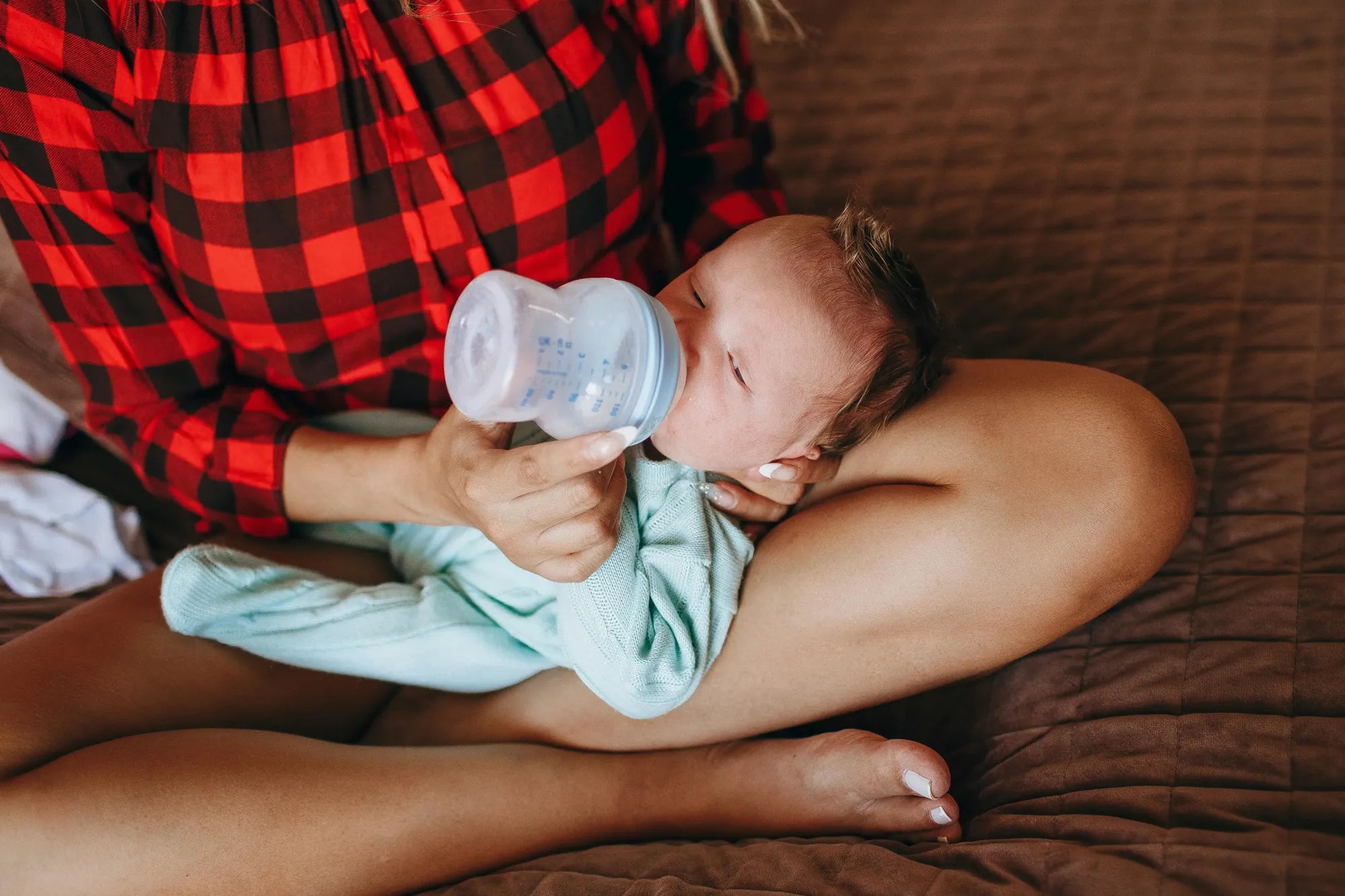Home
Pregnancy, Breastfeeding, and Pumping: The Ultimate Guide for Moms
How Long Breast Milk Room Temperature After Pumping: Essential Guide

How Long Breast Milk Room Temperature After Pumping: Essential Guide
Breast milk is a precious resource for your baby, providing essential nutrients and antibodies. But once you've pumped it, how long can it safely stay at room temperature? This guide will walk you through everything you need to know to keep your breast milk safe and nutritious for your little one.
Understanding Breast Milk Storage Basics
Proper storage of breast milk is crucial to maintain its quality and safety. Freshly pumped breast milk contains live cells, antibodies, and nutrients that can be compromised if not stored correctly. Knowing the guidelines for room temperature storage is the first step to ensuring your baby gets the best.
How Long Can Breast Milk Stay at Room Temperature After Pumping?
According to experts, freshly pumped breast milk can safely remain at room temperature for up to four hours. This timeframe applies to a room temperature of around 77°F (25°C) or lower. If the room is warmer, the milk should be refrigerated or used sooner to prevent bacterial growth.
Factors That Affect Breast Milk Storage Time
Several factors can influence how long breast milk stays safe at room temperature. These include the temperature of the room, the cleanliness of the pumping equipment, and the initial quality of the milk. Always ensure your hands and pumping equipment are clean to minimize contamination.
Signs That Breast Milk Has Gone Bad
It's essential to know how to identify spoiled breast milk. Signs include a sour or off smell, a change in color, or a clumpy texture. If you notice any of these signs, discard the milk immediately to avoid feeding it to your baby.
Best Practices for Storing Breast Milk
To maximize the shelf life of your breast milk, follow these best practices:
- Use clean, sterilized containers for storage.
- Label the containers with the date and time of pumping.
- Store milk in small portions to reduce waste.
- Keep the milk in the back of the refrigerator or freezer, where temperatures are most consistent.
Transitioning from Room Temperature to Refrigeration
If you don't plan to use the milk within four hours, transfer it to the refrigerator or freezer. Breast milk can be stored in the refrigerator for up to four days and in the freezer for up to six months. Always use the oldest milk first to ensure freshness.
Thawing and Warming Breast Milk Safely
When it's time to use stored breast milk, thaw it safely by placing it in the refrigerator overnight or running it under warm water. Avoid microwaving, as it can create hot spots and destroy nutrients. Once thawed, use the milk within 24 hours and do not refreeze it.
Common Mistakes to Avoid
Many parents unintentionally make mistakes when storing breast milk. Avoid leaving milk out for too long, using dirty containers, or mixing fresh and old milk. These errors can compromise the milk's safety and quality.
Why Proper Storage Matters
Proper storage of breast milk ensures that your baby receives all the nutritional and immunological benefits it offers. By following these guidelines, you can provide your baby with safe, high-quality milk that supports their growth and development.
Understanding how long breast milk can stay at room temperature after pumping is just one part of ensuring your baby's health. By following these tips and best practices, you can confidently store and use your breast milk, knowing you're giving your little one the best start in life.
Share

